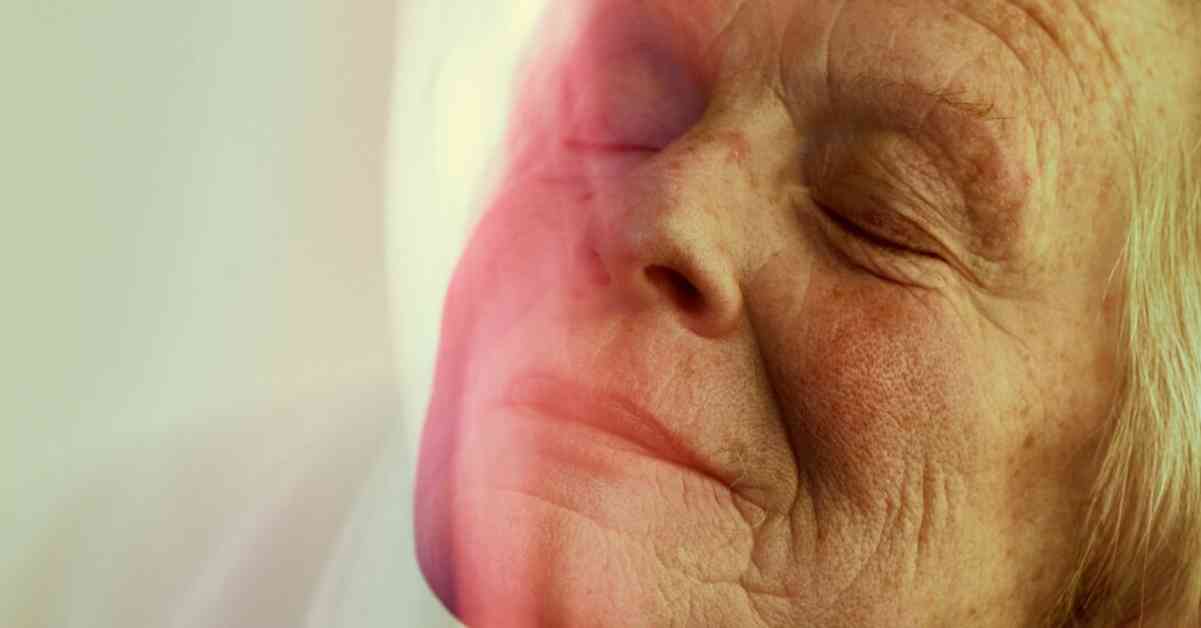Detecting Parkinson’s Disease Through Smell
Joy Milne, a woman with an extraordinary sense of smell, discovered something unusual about her husband, Les, that led to groundbreaking research in the early detection of Parkinson’s disease. Les, a talented and accomplished individual, carried a mix of triumph and sorrow from a young age, having lost his father and seen his mother institutionalized. Despite the challenges he faced, Les and his high school sweetheart, Joy, shared a deep love for each other.
Joy’s keen sense of smell, inherited from her grandmother, allowed her to distinguish scents with remarkable precision. She was enamored with the unique aroma of her husband, which she described as a blend of salt, musk, and leather from the soap he used at the pool. This distinctive scent became a part of Les’s identity in Joy’s eyes, a marker of who he was as a person.
As the couple embarked on their professional careers in the medical field and settled into family life with three young sons, Joy noticed a significant change in Les’s smell. What was once familiar and comforting now had a new, unpleasant musty odor that persisted over time. While others could not detect this change, Joy sensed that Les’s scent had shifted, reminding her of his mother’s smell.
This shift in smell ultimately led to a life-changing discovery. Joy observed similar changes in other individuals who were later diagnosed with Parkinson’s disease. Her ability to detect these subtle olfactory differences sparked interest among researchers and medical professionals, leading to collaborative studies and papers on Parkinson’s disease detection.
The story of Joy and Les Milne sheds light on the potential of using smell as a diagnostic tool for early detection of diseases like Parkinson’s. Joy’s unique gift and her unwavering commitment to her husband’s well-being have opened new doors in the field of medical research. By paying attention to the subtle changes in scent, we may uncover valuable insights into the early stages of various health conditions, offering hope for improved diagnosis and treatment in the future.




